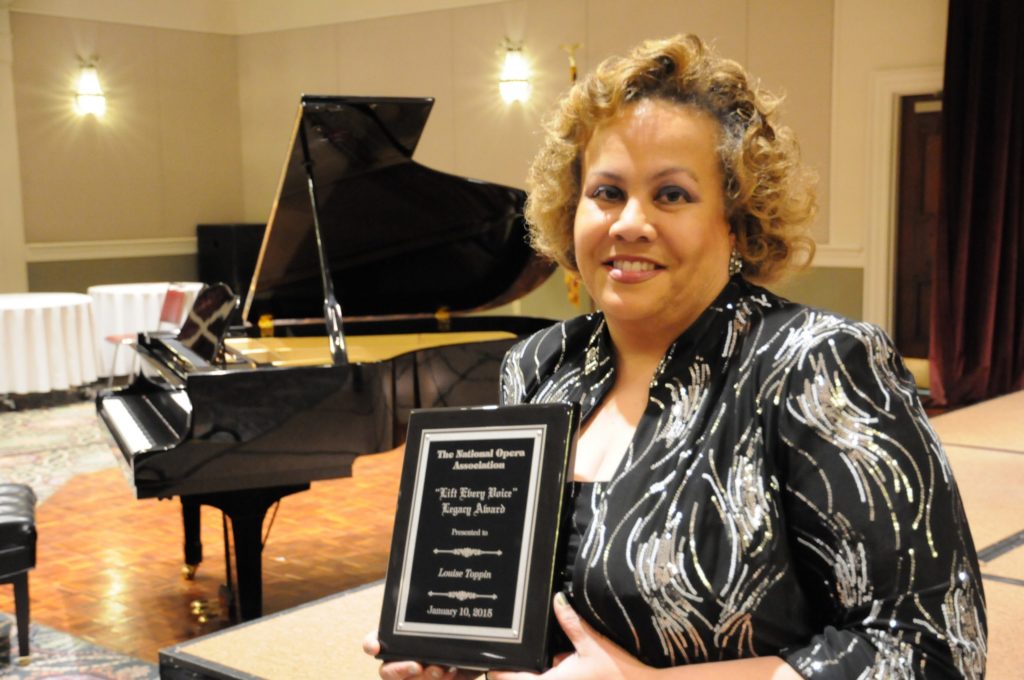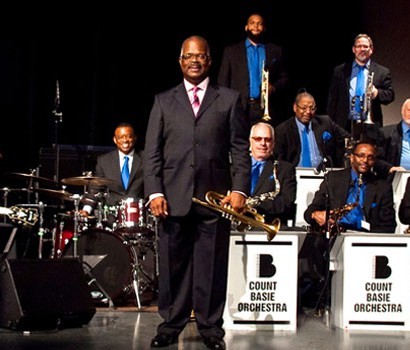Trevor McPherson is a senior music and biology double major with a minor in neuroscience from Kitty Hawk, N.C. This summer, he traveled to Indonesia to continue his research into the intersection of music and neuroscience.

Throughout all of my exposure to the niche field of musical neuroscience, I have noted that the vast majority of research centers around western musical culture. Studies are conducted by western-trained musicians, examine the effects of western music on the brain, and compare non-musicians with western musicians. This dearth of cross-cultural literature in musical neuroscience is a gaping hole within the discipline. The burgeoning field of cultural neuroscience has shown us that culture can drastically shape the way our brain processes and is affected by the world. When musical neuroscience research is restricted to western concepts, structures, and participants, it discounts how our societal roots create significant variation throughout humanity.
I spent last summer abroad in Australia, interning at the MARCS Institute for Brain, Behavior, and Development. I worked with the “Music, Cognition, and Action” group exploring the relationship between music and neuroscience. Much of the research there focused on rhythm in the context of coordination and synchronization. This focus has lead me to an interest in auditory entrainment and its effects on the brain.
This past semester I was involved in a new collaboration between Music Therapist Dr. Dorita Berger and Neuroscientist Dr. Flavio Frohlich, exploring the neurological effects of rhythmic entrainment. I conducted research under their guidance, bringing a new interdisciplinary component to Dr. Frohlich’s lab. Entrainment is the natural synchronization of a process with an external stimulus. We constantly entrain to our environment, whether that involves subconsciously falling into step with the person in front of us, or coordinating our actions within a large musical ensemble to produce a unified sound. Research has documented oscillations in neuronal activity that entrain with rhythmic stimuli, linking observed behavioral entrainment to neuroscience. The neurological relevance of entrainment makes it a fundamental principle of music therapy, where rhythmic interventions can be used to synchronize movements in physical therapy rehabilitation, reduce stress and repetitive behavior in children with Autism Spectrum Disorders, and assist motor control in patients with Parkinson’s disease. Our research has the potential help explain how neurological entrainment could be used for therapeutic applications, yet I wonder if the effects we are trying to document could vary across different musical traditions and populations.

I spent this summer in Bali, Indonesia, studying gamelan music in a culturally immersive and authentic way. This musical tradition is altogether foreign from western practice. Its repetitive and homogeneous structure has been studied and linked to trance and entrainment by cultural anthropologists and ethnomusicologists alike, making it an ideal complement to the my study of western musical practice. There I worked with Mekar Bhuana, a non-profit organization dedicated to the documentation and understanding of traditional Balinese gamelan music and dance. Putu Evie Suyadnyani, an acclaimed dancer, is the director of the organization and specializes in dance instruction. Her husband, Vaughan Hatch is an ethnomusicologist and music archeologist who has dedicated the past 20 years to researching Balinese gamelan. Together they founded the organization, combining their accrued knowledge with a network of local musicians to being traditional compositions to life, while working to educate the public through private instruction, workshops, and performances. Their ultimate goal is to inspire an understanding and love of traditional music and dance in the Balinese youth. Each day I studied a variety of gamelan styles one-on-one with local musician and composer, I Wayan Gede Purnama Gita S.sn, rehearsed with Mekar Bhuana’s Semara Pagulingan orchestra, attended gamelan performances, and continued to work remotely on a study I conducted last semester in the Frohlich Lab.
A thorough understanding of this musical tradition will be invaluable as I establish connections and accrue knowledge that will facilitate and inform a future cross-cultural study. This study would examine differences in rhythmic entrainment between western and Balinese musicians, letting us better understand the global underpinnings of entrainment.
–Written by Trevor McPherson for the UNC music department website.



